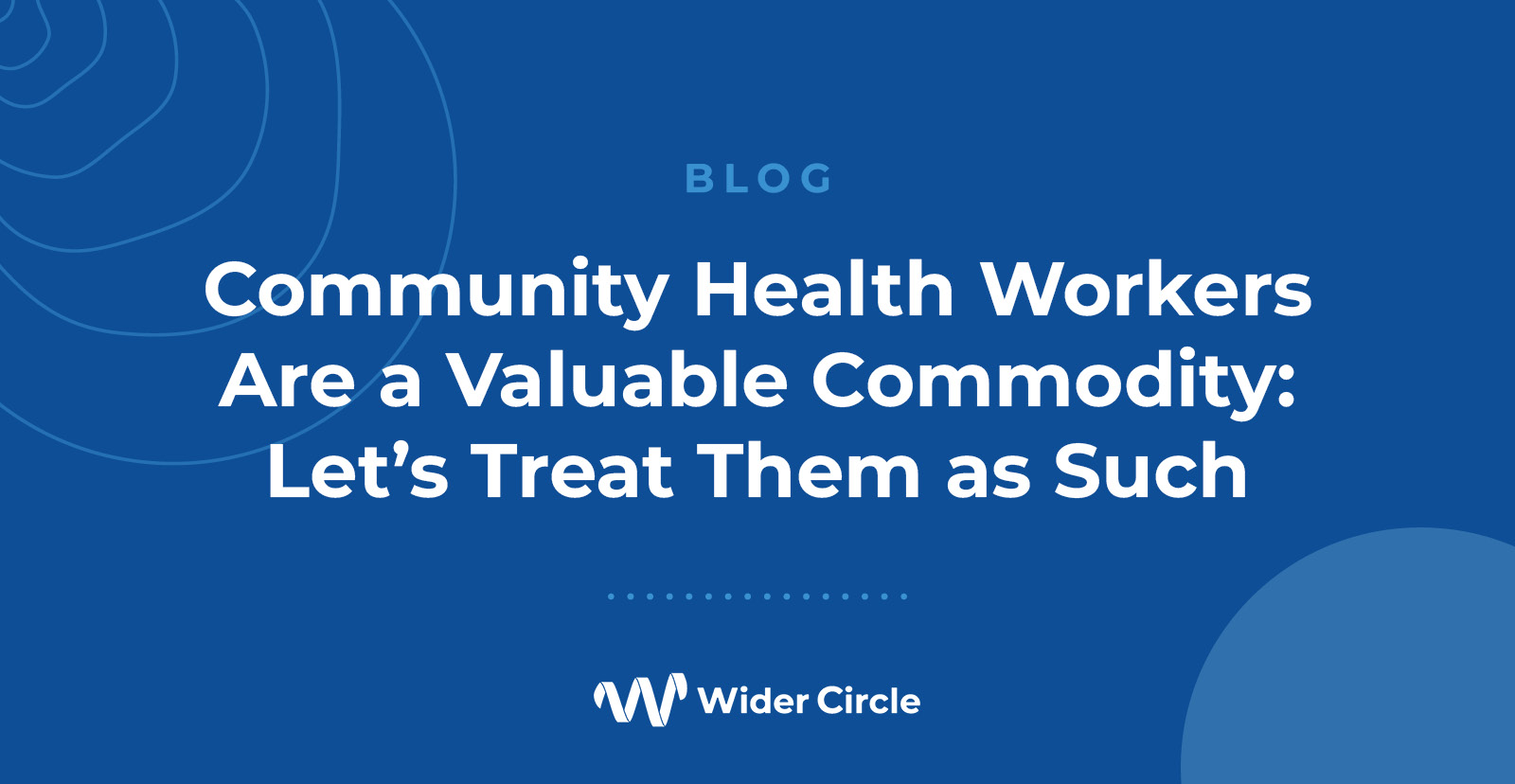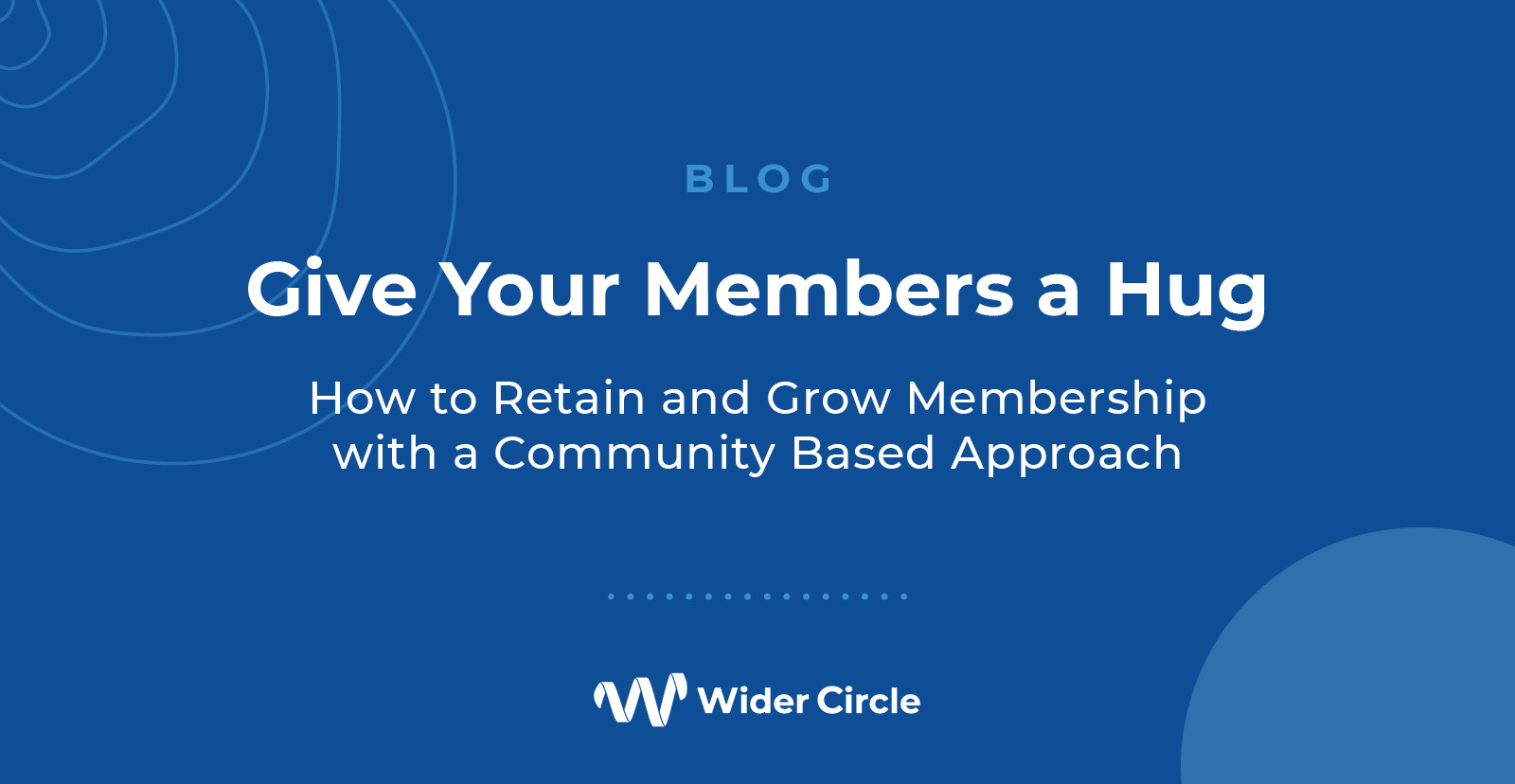
You’ve probably heard of Community Health Workers (CHW’s) especially as the conversation around upstream prevention, culturally appropriate messaging, and Social Drivers of Health (SDoH) have become part of the zeitgeist. But what exactly is a CHW and what do they do? In brief, CHWs are a key part of effective public health, serving as a link between healthcare services and where a lot of health actually occurs, upstream in the community.
Community Health Workers are usually hyper-local, culturally competent individuals who reside in the neighborhoods they serve, assisting people with health navigation, promotion and education, outreach and engagement, and general support. They frequently tackle SDoH needs such as housing, transport, and food insecurity. This is important because 30-80% of variation in health outcomes has been shown to be related to SDoH[1], and communicating and building trust through culturally competent tactics has been proven to move the needle far more effectively than generic interventions delivered by an individual the recipient cannot relate to[2].
It’s a tough gig, but CHWs love their jobs. A recent study looking at satisfaction showed that CHW’s find their work enjoyable and fulfilling[3]. Overwhelmingly, people in this field derive a great amount of satisfaction and joy from helping their members. Given that, and — cynically — the economic advantages of leveraging this type of healthcare , why on earth aren’t more plans and providers investing in the CHW model? As usual, we can answer the question by following the money.
To provide a comprehensive overview of the current state of CHWs would require an entire essay, one that, thankfully, the Kaiser Family Foundation has already written[4]. In short, depending on what state you live in, CHW legislation and certification varies greatly: one state may require a comprehensive training program and work experience in order to be certified, while others may only require voluntary education. In some states, becoming a certified CHW is no more rigorous than becoming a life coach, requiring little to nothing in the way of formal training.
This is relevant to the money because in states with more rigorous training requirements such as California and Michigan, CHWs can now draw down Medicaid dollars. They can be reimbursed in a fee-for-service arrangement for the activities they provide to members. This is important because historically the money to fund these individuals has come from side budgets or from smaller community-based organizations surviving on grants. To have a sustainable funding source like Medicaid is a huge step forward for the CHW workforce. As a result, we are now seeing more CHWs enter the workforce. Unfortunately however, across most states the reimbursement rates are extremely subpar and do not cover the cost of supporting the workforce without extreme actuarial flexibility on the part of the health plan or provider, but it’s at least beginning to ease some of the pressure. Still, more must be done.
So how can we help? Well first, let’s stop milking programs that are barely surviving on altruistic good will. We need to lobby for sustainable reimbursement. That includes introducing CPT codes for direct reimbursement in states where they don’t exist, and ensuring we use the CPT codes in the states where they do, while building the evidence base around the real-world ROI and cost savings.
Second, we should be pressuring the state-based agencies to have more sustainable reimbursement rates. I’m not joking when I say the reimbursement amounts can be less than a cup of coffee in certain states and situations[5]. Let’s treat the individuals who love their jobs like the valuable commodity they are.
Third, we need to broaden the populations that can access these services. Right now, there is no CHW-based reimbursement that is applicable to the Medicare population. Having that in play would be a huge win because a) it would force Medicaid to accelerate in states where the benefit is absent; b) because Medicare reimbursement rates are often more favorable, it may also offset some of the Medicaid line of business costs; and c) where Medicare goes, commercial follows, and this workforce can add value in all three lines of business.
Fourth, policy makers should think about a supplementary modifier for those members being served in Duals lines of business, particularly if a member is served through an aligned plan. This will incentivize CHW based coordination of care within a preferential coverage arrangement for those individuals.
Finally, having a managed Medicaid (and, hopefully in the future, a managed Medicare) bid with a ratio of CHWs to members should be a requirement and recognized as a competitive advantage . (Note: Some states like Michigan are already ahead of the curve on this, requiring their managed Medicaid plans to have one CHW for every 5000 covered members.)
In conclusion, the policy winds are all blowing in a favorable direction, but they just need to blow a little harder. As the CMO of providers delivering this kind of care, we have a duty to ensure they lead to a sustainable, strong workforce of CHWs who continue to love their jobs.
- Greer ML, Garza MY, Sample S, Bhattacharyya S. Social Determinants of Health Data Quality at Different Levels of Geographic Detail. Stud Health Technol Inform. 2023 May 18;302:217-221. doi: 10.3233/SHTI230106. PMID: 37203650.
- Horvat L, Horey D, Romios P, Kis-Rigo J. Cultural competence education for health professionals. Cochrane Database Syst Rev. 2014 May 5;2014(5):CD009405. doi: 10.1002/14651858.CD009405.pub2. PMID: 24793445; PMCID: PMC10680054.
- H. Bratcher, E. (2023). Community health worker overview. U.S. News And World Report. Retrieved from https://money.usnews.com/careers/best-jobs/community-health-worker
- Kaiser Family Foundation. (2023). State Policies for Expanding Medicaid Coverage of Community Health Worker (CHW) Services. Retrieved from https://www.kff.org/medicaid/issue-brief/state-policies-for-expanding-medicaid-coverage-of-community-health-worker-chw-services/
- Indiana Medicaid. (2024). Fee Schedule. Retrieved from https://provider.indianamedicaid.com/ihcp/Publications/MaxFee/fee_home.asp#OutpatientFeeSchedule



